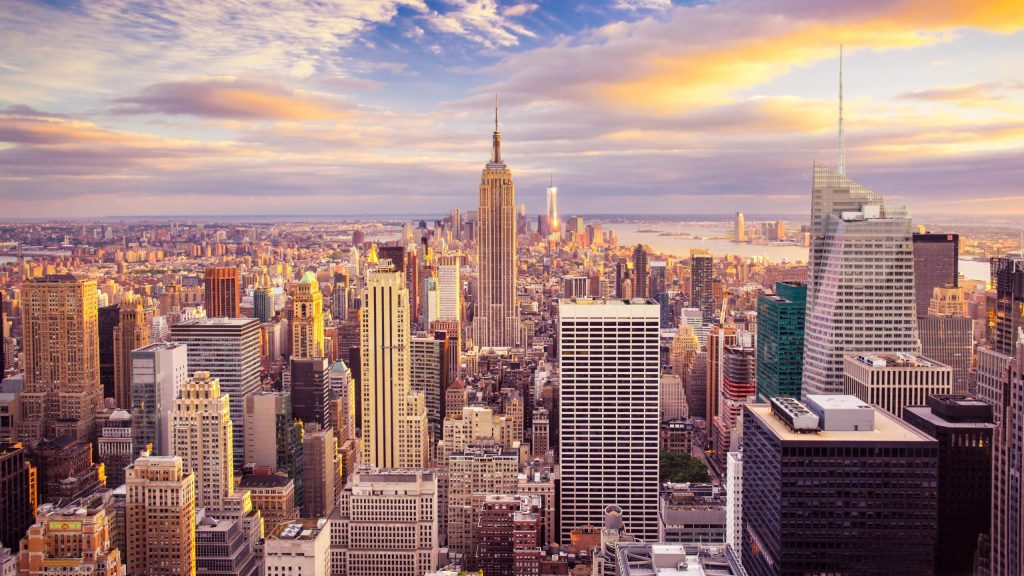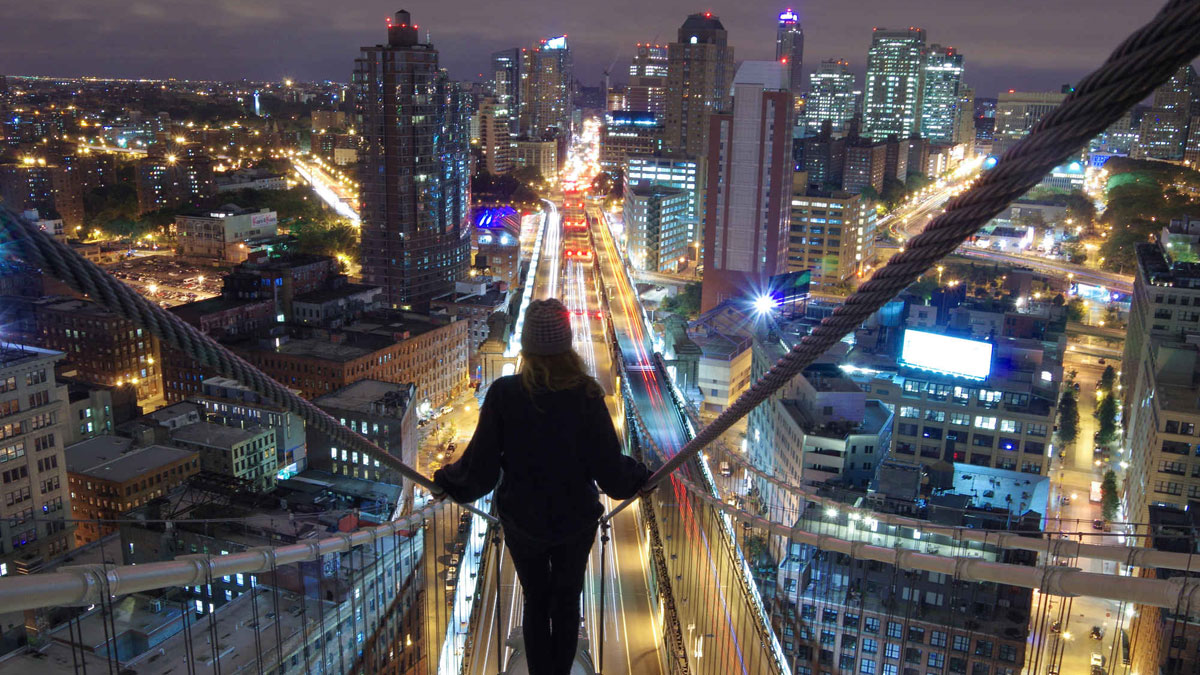The fascinating activity of investigating closed-off and abandoned buildings in urban settings is known as “urban exploration,” or “urbex.” Urban explorers go inside abandoned factories and abandoned hospitals in an attempt to learn more about the pasts hidden within these dilapidated buildings. This daring activity, which combines the excitement of discovery with a deep reverence for the past, is embodied by the term “urban exploring.” The fascinating field of urban exploration is explored in this article, which also discusses its goals, history, ethical issues, and distinctive experiences.

Urban Exploration’s Origins
The practice of urban exploring is not new. Its origins can be found in the early 1900s, when explorers and photographers started capturing the forgotten areas of quickly industrializing towns. But with the development of social media and the internet in the late 20th and early 21st centuries, the activity really took off. Online forums made it possible for researchers to disseminate their research, creating a worldwide community devoted to identifying and conserving urban deterioration.
Reasons for Enterprising in Urban Areas
As varied as the explorers themselves are the reasons behind their urban explorations. For numerous individuals, the excitement is in exploring uncharted territory, maneuvering through abandoned buildings, and discovering obscure pasts. A big part is played by the thrill of the chase and the surge of adrenaline you get from breaking into forbidden places.
Some see urban exploration as a way to preserve the past. In order to preserve the stories of these abandoned houses, explorers record them via writing and photography. Abandoned buildings might have substantial historical and architectural worth. In an urban environment that is changing quickly and where new developments are frequently replacing older ones, preservation efforts like this are essential.
Urban exploration also draws in people who are interested in art and photography. With their rusty equipment, peeling paint, and encroaching nature, decaying buildings have an aesthetic appeal that makes them an intriguing and different topic for artistic expression.
The Morality of Urban Discovery
Urban exploration functions within a hazy legal framework. Even while visiting abandoned properties without authorization is technically considered trespassing, the purpose is frequently not to cause injury or damage. The “leave no trace” ethic is adhered to by ethical urban explorers, who don’t steal, damage, or do anything else to the places they visit. By making sure that their actions do not cause more deterioration or legal ramifications for others, they seek to respect the areas and the communities in which they operate.
It’s imperative to take safety into account as well. In addition to posing a risk of structural instability, abandoned buildings may also contain asbestos, shattered glass, and uneven floors. Conscientious adventurers exercise due caution by donning protective gear and avoiding solo exploration.
Famous Urban Exploration Locations
Adventurers can discover a multitude of locations through urban exploration, each with its own distinct atmosphere and history. Among the most well-known are:
Closed Hospitals and Institutions
Because of their past and the ghostly ruins of patient records and medical equipment, these locations frequently have a disturbing charm. Some of the best examples are the Waverly Hills Sanatorium in Kentucky and the Beelitz-Heilstätten medical complex in Germany.
Industrial Complexes
Massive machinery and dilapidated infrastructure provide a striking backdrop for these abandoned buildings and warehouses, which provide a window into the industrial past. For urban explorers, one of the biggest and most well-known industrial locations is the Packard Automotive Plant in Detroit.
Closed Amusement Parks
These locations, like Six Flags New Orleans in the United States or Nara Dreamland in Japan, contrast the joy of entertainment in the past with its state of deterioration in the present.
Hotels and Residential Structures
Abandoned houses and hotels, such as the well-known Hotel del Salto in Colombia, reveal intimate details about the lives that formerly occupied them through misplaced items and dilapidated interiors.
Hubs for Transportation
Other favorite destinations for explorers include abandoned train stations, tunnels, and ships. The SS United States, a once-grand ocean liner, and other locations with unsettling silences, like Cincinnati’s abandoned subway tunnels, fascinate the mind.
Read More: Take Off on Cycling Tourism Adventures: See the World from Two Wheels
The Culture and Community of Urban Exploration
The global urban exploration community is small and close-knit, with social media groups, websites, and online forums devoted to exchanging advice, images, and tales. These channels are vital for sharing safety advice, ethical considerations, and information about possible venues.
An important part of the urban exploration culture is photography. Travelers frequently record their experiences with breathtaking, moody photos that perfectly convey the majesty and desolation of deserted areas. These images stand as a tribute to time’s inexorable passage and the fleeting nature of human creations.

Urban Exploration’s Effects
Urban exploration has a significant effect on people as well as the larger cultural environment. It provides people with a special means of escape and a link to the past. It pushes explorers to view the world from new angles and encourages a spirit of adventure and discovery.
In terms of culture, urban exploration draws attention to underutilized historical locations and frequently ignites a desire for their preservation. Explorers who record these locations produce a record that can be used to support calls for their preservation and restoration. This may result in revival initiatives that convert deserted structures into historical sites or put them to new uses.
In summary
A fascinating pastime that blends history, art, and adventure is urban exploration. It offers a singular method of interacting with the city, revealing the neglected areas and untold tales that are lurking just beneath the surface. Exploring cities has many benefits, both culturally and personally, but it also has risks and ethical issues. Urban explorers are motivated by many passions such as photography, history, or the excitement of making new discoveries. They never stop highlighting the intriguing properties of deterioration and the fascinating tales it can tell.








